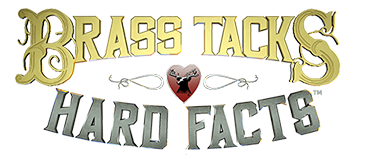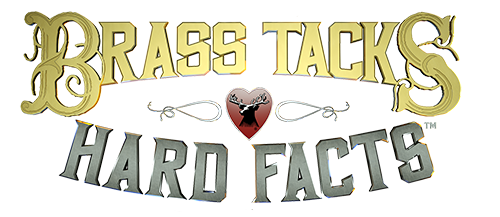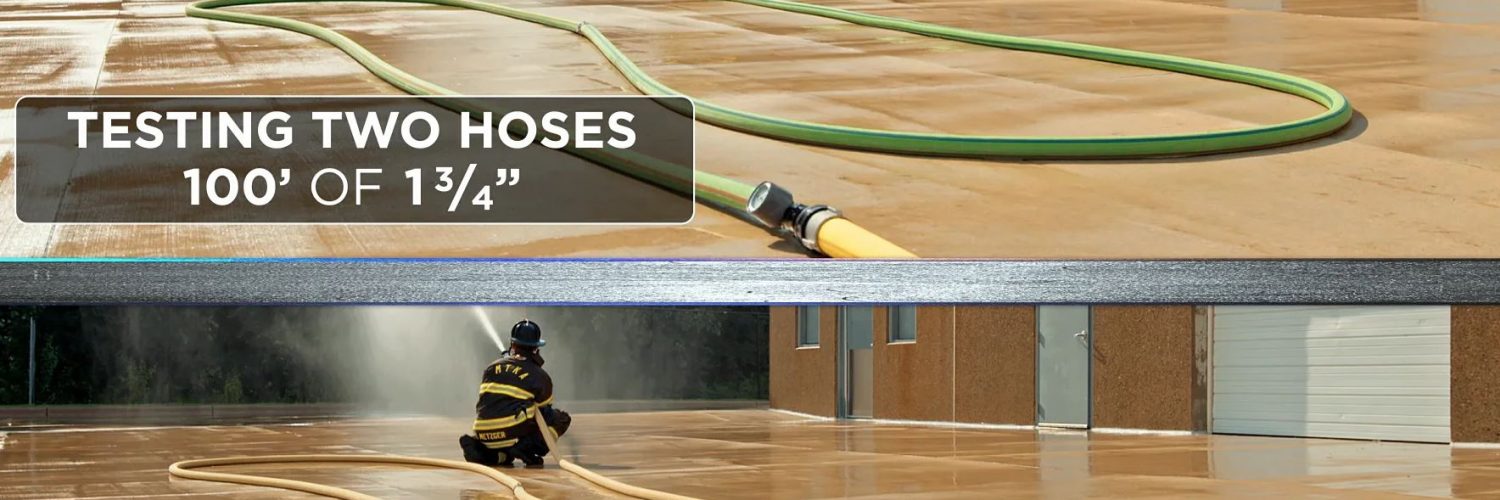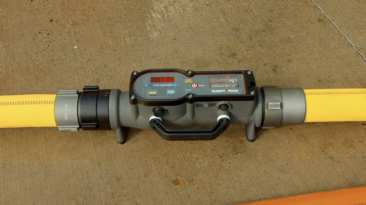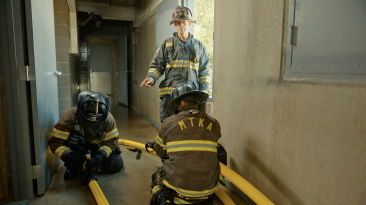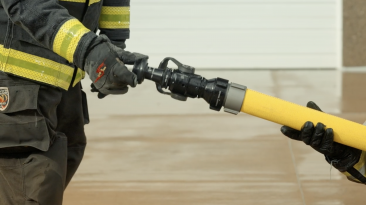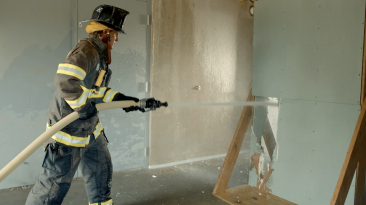1.75” hose and 1.88” hose is compared in this scenario revealing different friction loss numbers for two sizes hoses that are both labeled a “1-3/4”. Understanding the implications of this, particularly if your department runs a mixed hose fleet, is critical to achieving your target flow.
Dennis LeGear
Dennis LeGear, retired Capt. Oakland, CA. holds both an AS Degree in Fire Science and Bachelors in Vocational Education from CSU Long Beach. He also held the position of Water Supply Officer in the OFD, and advised the Engine and Truck Committees in pump spec, hose & equipment lay out, compartment / hose bed spec as it related to fire stream development. In addition he was a hose and nozzle instructor at many in house academies, plus an adjunct professor in the same capacity at the College of the Siskiyous in California. His fire service career included time at Cal Fire, Kings County and the City of Oakland.
Owner of LeGear Engineering F.D. Consulting (L.E.F.D.C), creator of the 1 3/16-inch smooth bore nozzle and TRU hose spec. A panel member of the UL Study of the Impact of Fire Attack Utilizing Interior and Exterior Streams on Firefighter Safety and Occupant Survival. Currently Manages/Project Lead of a national "Engine Test Group" composed of industry experts, which are involved in both the L.E.FDC "True Hose Project" the "1 3/16th-inch tip” 295gpm@50psi Project, and “Smooth Bore Matching Fog tips @50si NP” project.
His company has provided technical advice to some of the largest fire agencies in the nation including, Portland, Seattle, Boston and the City of New York. He has also consulted with water municipalities assisting in the development of emergency response plans for a variety of water infrastructure problems related to seismic events and other disasters. Author/Proposal Reviewer (Book Div. PennWell Publishing) Author of Fire Engineer FF I&II Handbook, Water Supply and Hose / Appliance Chapter.
View All VideosYou may also like
In Dave Fornell’s Fire Stream Management Handbook, Evaluation and Testing is covered thoroughly in its own dedicated chapter. In this episode Dave discusses what goes into doing it properly and the importance of being diligent in your efforts to be successful on the fire ground. CONNECT...
In standpipe operations the time may occur that you stretch short or just need more working length. Using an Increaser this evolution is simplified. Specially designed to be compact and without rocker lugs, Eric Tollund breaks down how to perform this operation using one. CONNECT WITH US Click Here...
Extending a line using a leader line tip or from a shutoff is an operation that can happen when a smaller line may be needed for maneuverability or mop up after a hit with a 2-1/2”. In this episode Jon Hall reviews this tactic and some considerations for extending the line and securing it. CONNECT...
In this episode Steve Robertson reviews the Bent and Straight Overhaul Tips.
